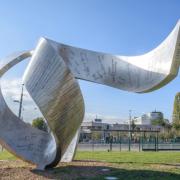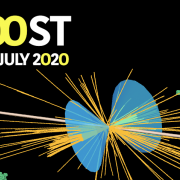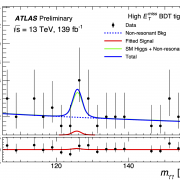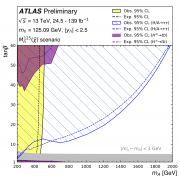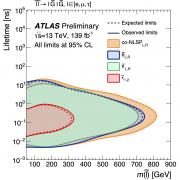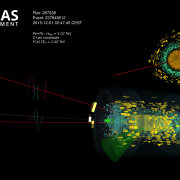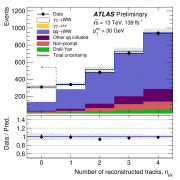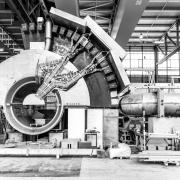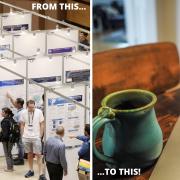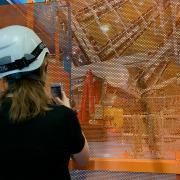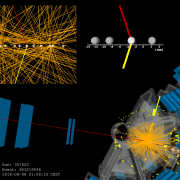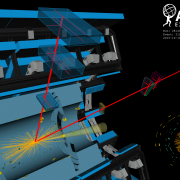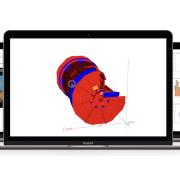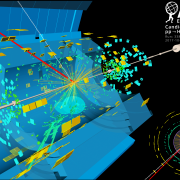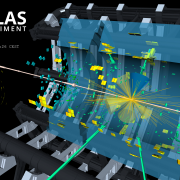Access to Collaboration Site and Physics Results
Updates tagged: “Higgs group”
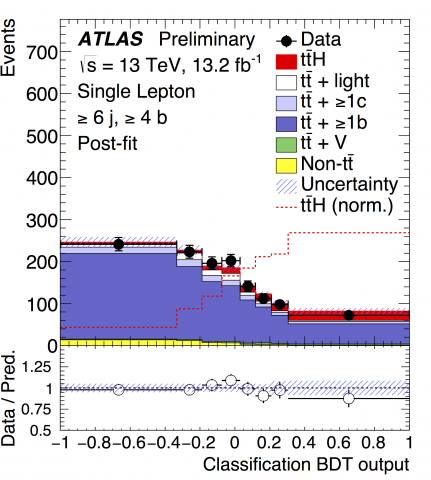
Hunting the origin of the top quark’s mass
The ATLAS experiment has been searching for the process in which a pair of top quarks is produced, where one is a “virtual” particle that emits a Higgs boson on the way to becoming a “real” particle. This process is referred to as ttH production after the particles that are produced.
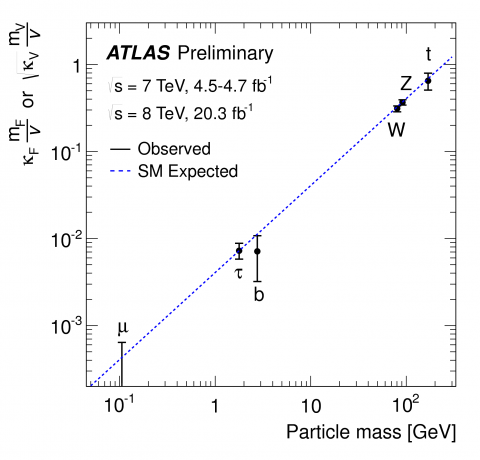
ATLAS further verifies Standard Model coupling/mass relationship of Higgs boson
The discovery of a Higgs Boson in 2012 by the ATLAS and CMS experiments marked a key milestone in the history of particle physics. It confirmed a long-standing prediction of the Standard Model, the theory that underlines our present understanding of elementary particles and their interactions.
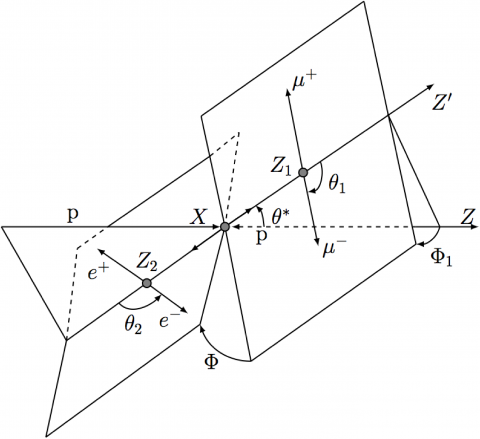
The scalar boson
The ATLAS experiment has released results confirming that the Higgs boson has spin 0 (it is a so-called “scalar”) and positive parity as predicted by the Standard Model, making it the only elementary scalar particle to be observed in nature.
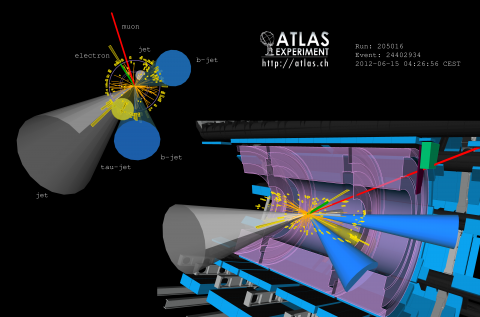
In search of rare Higgs boson production with top quarks
In proton-proton collisions, several processes can lead to the production of a Higgs boson. The most “frequent” process (which is about one collision in four billion!) is the fusion of two gluons, contained in the initial protons, into a Higgs boson through a “top-quark loop”. Least frequent is a mode where the Higgs boson is produced in association with a pair of top-quarks.
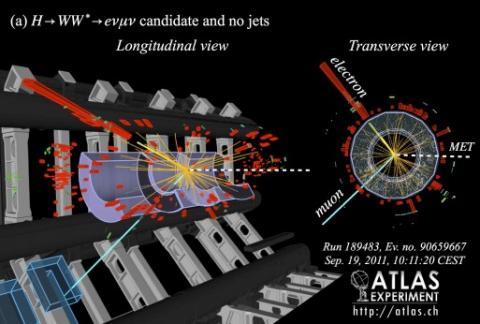
New ATLAS precision measurements of the Higgs boson: Observation of WW decay
The Standard Model makes many different predictions regarding the production and decay properties of the Higgs boson, most of which can be tested at the Large Hadron Collider (LHC). Since the discovery, experimentalists from the ATLAS collaboration have analysed the complete dataset recorded in 2011 and 2012, have improved the calibration of the detector, and have increased substantially the sensitivity of their analyses.

Higgs boson production measurements from the channels of discovery
The discovery of the Higgs boson by the ATLAS and CMS collaborations in 2012 marked a new era in particle physics because it completed the Standard Model and gave us another tool to explore territories beyond. The Standard Model predicts precisely the interactions of the Higgs boson to all other elementary particles once its mass is measured.
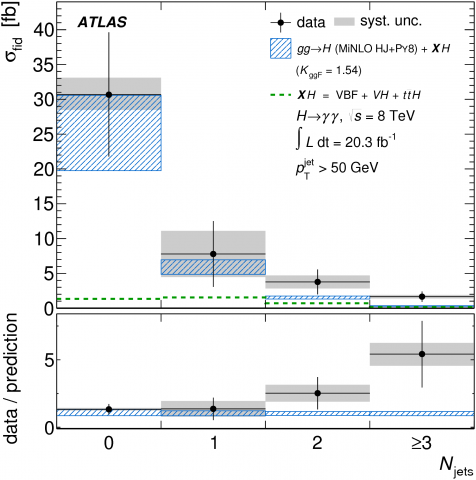
Probing Higgs boson production properties
ATLAS has measured properties of events likely to contain a Higgs boson, in order to get a better understanding of the frequency and manner in which they are produced. The study specifically examines the fiducial and differential cross sections for Higgs bosons that decay into two photons or into two Z bosons, using proton-proton collisions recorded by ATLAS in 2012.
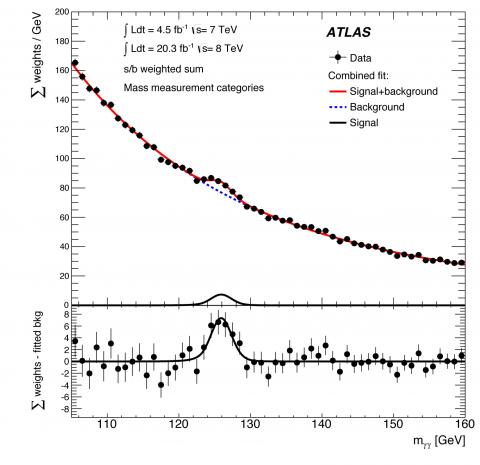
Precise measurement of the Higgs boson mass
The ATLAS Collaboration has analyzed its full Run 1 data sample of seven and eight TeV (tera electron Volts) proton-proton collisions delivered by the Large Hadron Collider (LHC), to produce an accurate measurement of the Higgs boson mass. The Higgs boson resonance appears as a narrow peak in the mass spectra of its decays to two photons or to four charged leptons, as shown in the two figures below.
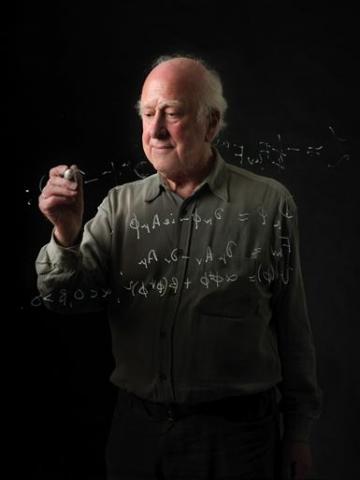
What should we know about the Higgs particle?
On the 4th of July, CERN announced the discovery of a new particle that can be interpreted as the Higgs boson with both the ATLAS and CMS experiments. Since this is one of the most important discoveries over the last 10 or 20 years in particle physics, let’s have a look to the full story.
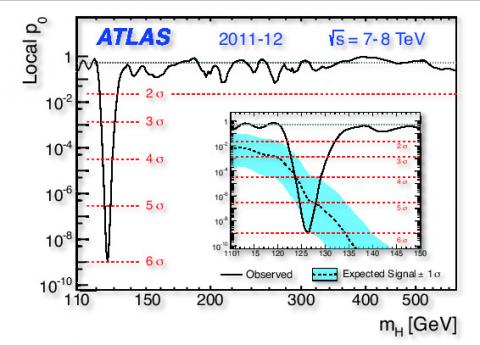
ATLAS Higgs Search Update
On 31 July, 2012, the ATLAS Experiment submitted a scientific paper describing the discovery of a new particle consistent with the Higgs Boson to the journal Physics Letters B.
Pages
- « first
- ‹ previous
- 1
- 2
- 3


